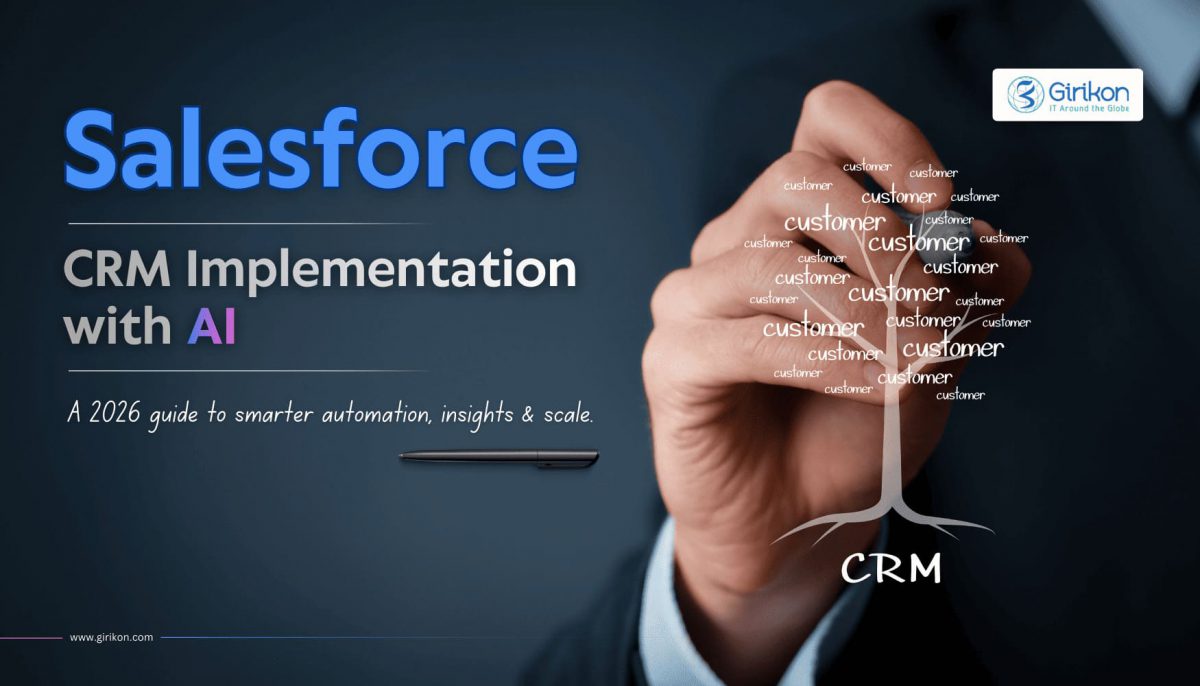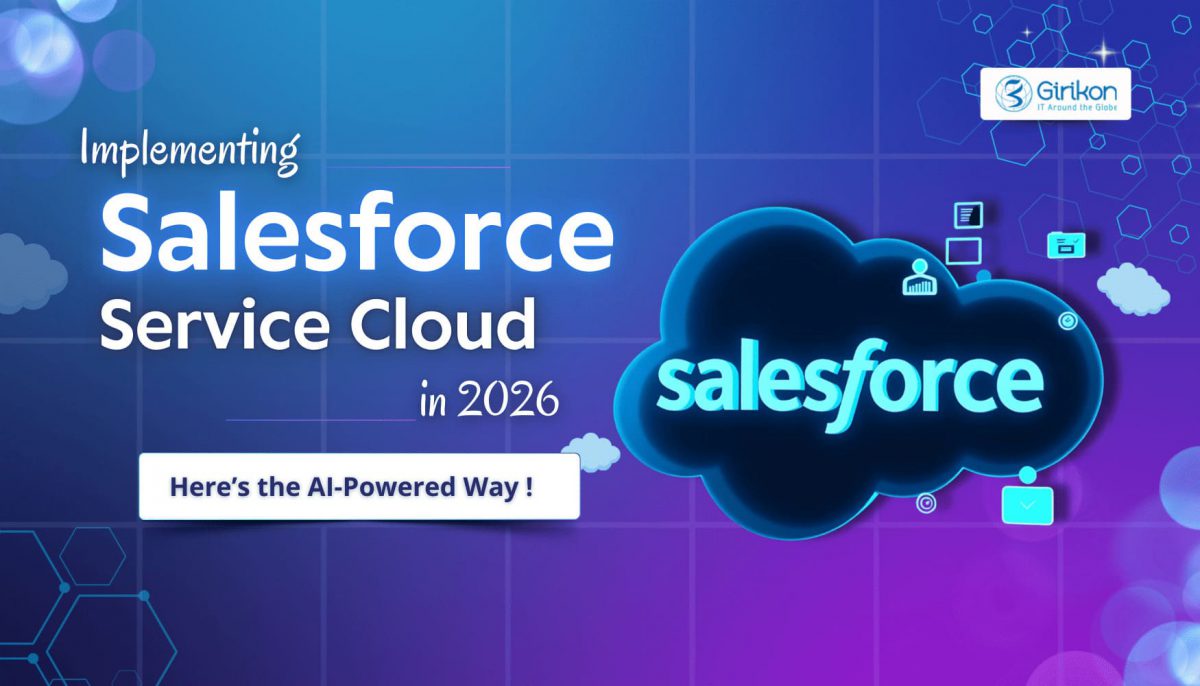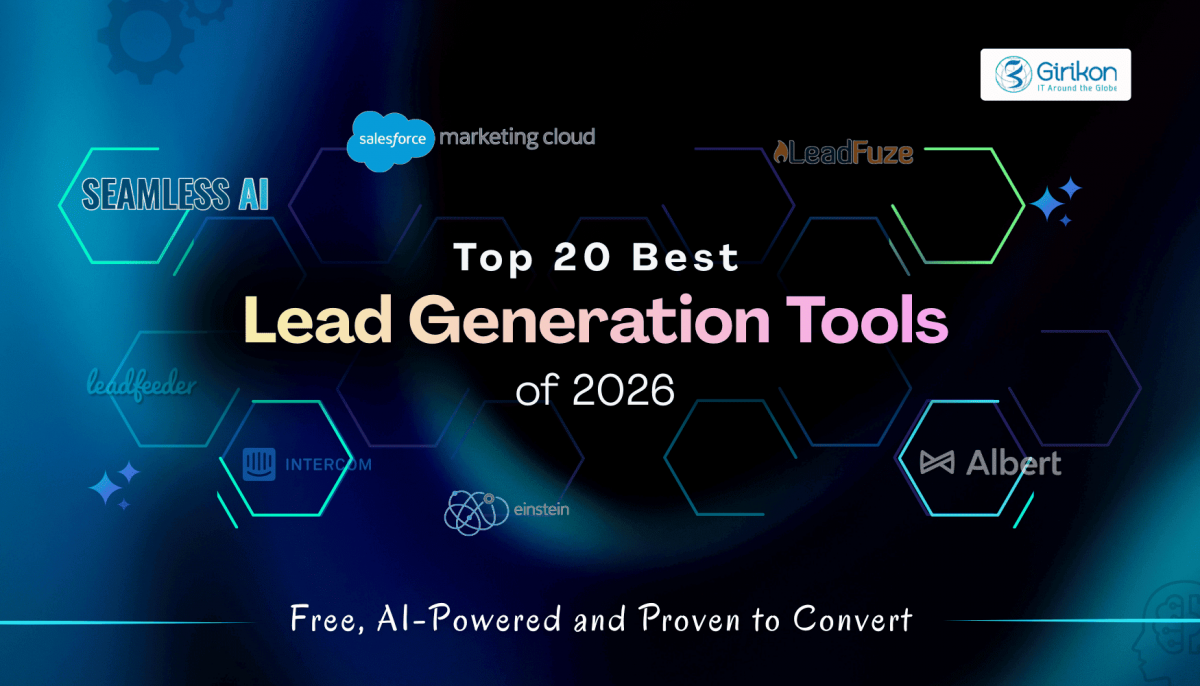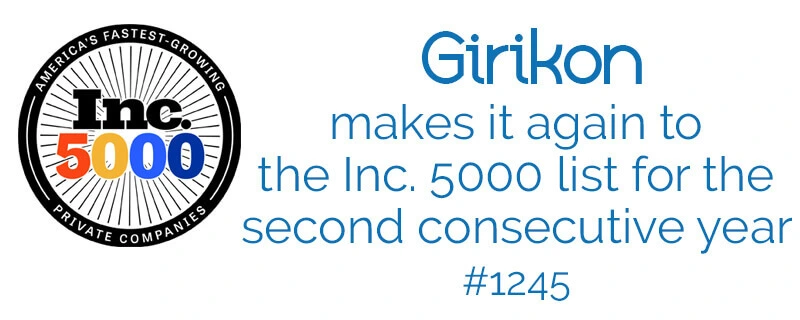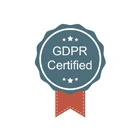Our Blogs
Over 150,000 companies worldwide rely on the Salesforce platform, which unifies data from multiple sources, including users, customers, and integrations. However, the need for effective data management grows along with the amount of data.
A crucial element in this process is archiving Salesforce data. Even if your Salesforce data grows over time, you can still manage data efficiently, save storage expenses, and preserve a flawless user experience.
What is Salesforce Data Archiving?
Some of the data in your Salesforce system eventually becomes less important as it accumulates over time. While not all data needs active access, a large portion of it nevertheless needs to be kept on file in order to comply with legal obligations and for possible future use.
Businesses are required by industry-specific norms and data regulation laws to retain various types of data for specified amounts of time. Thus, long-term, safe data storage is required by law in addition to being good practice.
Even while maintaining your data is one of your legal responsibilities, these same regulations frequently require that sensitive data be deleted or have access to it restricted after specific periods of time or under pre-defined circumstances. Laws like the California Privacy Rights Act (CPRA) and the General Data Protection Regulation (GDPR) are based on the principle of data minimization, which states that companies should not retain more data than is essential or for longer than is necessary.
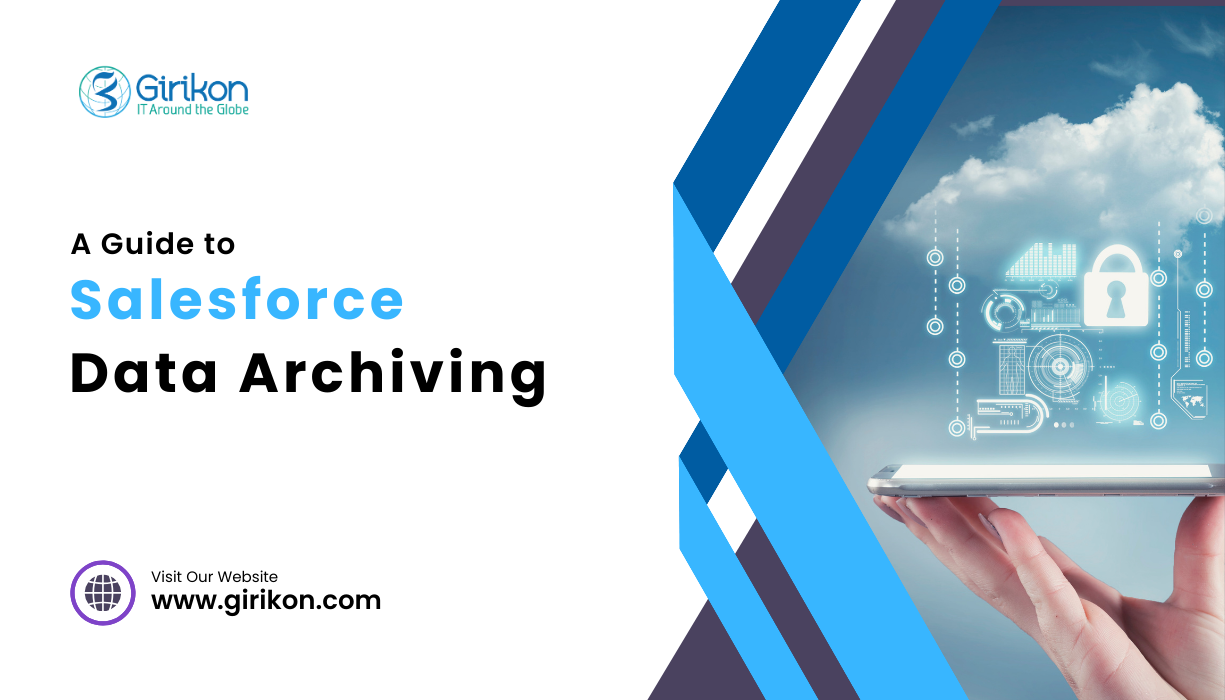
Difference between Data Archiving and Data Lifecycle?
Since both data archiving and data lifecycle management are essential components of data governance, it's easy to mix up the terms. However, these two ideas serve different functions and follow different procedures.
The process of managing data throughout its lifecycle, from creation and initial storage to the point at which it becomes outdated and is finally removed, is known as data lifecycle management. It consists of multiple crucial phases that center on the lawful use and preservation of information. Anonymizing production data is essential in this situation to maintain compliance.
On the other hand, data archiving is a particular phase in the data lifecycle. It entails transferring dormant data from main storage to a system made especially for preservation over time and sporadic access. Here, keeping data available when needed is important, but it shouldn't clog the system or impair its functionality.
To put it briefly, data archiving is the crucial decision on what to do with your data as its operational life draws to a close. Data lifecycle management, then, is a more comprehensive procedure while the data is being used. Gaining a full understanding of these ideas can help you make informed decisions about what data to archive and when, so your Salesforce system will function as efficiently as possible while still adhering to regulations.
Why should you archive your Salesforce data?
There may be an urgent need to delete data from Salesforce if you are already experiencing system delay. You can improve system performance, simplify your archiving, and maintain compliance with a strong data lifecycle strategy.
Data privacy is of utmost importance in the modern world, particularly when it comes to personal data. Strict laws like the CPRA and GDPR necessitate this. But it's important to remember that other factors should also be considered, in addition to data archiving. To respect privacy requirements and maintain the functionality of your data, you should also take data anonymization and pseudonymization into consideration. If you manage these legal obligations well, archiving may only be necessary when system performance is an issue.
While you are erasing data, initiating data archiving may seem like a risky idea, but it doesn't have to be. You won't find data deletion or even archiving to be as daunting once you fully grasp the data lifecycle. Your archiving project will be a lot easier to handle if you practice effective data lifecycle management.
A backup plan serves as your security. Your backup can act as a safety net in case you ever make a mistake with your archiving criteria, guaranteeing that no important data is lost in the process. Salesforce ensures your safety and security. Large Data Volumes and more complex use cases can be more effectively managed with a third-party archiving solution.
Benefits of Salesforce data archiving
There are several reasons for organizations to consider Salesforce data archiving.
An effective archiving solution can solve:
- System performance
- Legal and compliance needs
- Obsolete data
Salesforce data archiving improves system performance
Archiving Salesforce data can enhance system performance in these ways:
- Because there is less data to manage, activities proceed more quickly.
- In the end, archiving helps systems operate better by preventing restrictions from being reached, such as API call limits and data and file storage capacity constraints.
Salesforce data archiving facilitates adherence to legal, regulatory, and data retention policies:
- Businesses operating in highly regulated industries are frequently required to comply with several regulatory standards, which might vary depending on the business model and regional presence. You cannot keep data in your Salesforce Org permanently since noncompliance might have detrimental financial effects.
- Sensitive information in your Salesforce data might need to be kept safe in case the necessity to exhibit the documents later on arises. In that scenario, archiving this data would be preferable over completely deleting it.
- Certain organizations might have regulations requiring the removal of information, while others might have lengthy data retention periods that include keeping a lot of data. Your data must comply with the company's data retention policy, depending on the terms of the policy.
- By removing data from production Orgs and restricting access to a smaller set of users, archiving Salesforce data can assist in adhering to these laws and standards. This guarantees that should it become necessary in the future, the data will still be searchable and unarchived.
Your org can benefit from archiving obsolete Salesforce data
It may not always be the best idea to delete outdated data in order to make storage space available because doing so may result in the loss of important business data. You can make sure you have the data in case you need it later by properly archiving Salesforce data rather than deleting it.
How do you archive Salesforce data?
Identify the data
- Establish effective ways to help you identify the data that has to be removed.
- Learn the best practices and go beyond the capabilities of Salesforce native queries by collaborating with a Salesforce consulting company.
Retain your data
- Keep your data safe and unchangeable for extended periods of time by storing it in an encrypted manner.
- For an audit trail, make sure the data is safe and secure for many years to come.
Remove your data
- Remove data from Salesforce at scale in a safe and organized manner.
- To maintain data balance, queue up data loads over the course of several days, weeks, or months.
Design your User Experience
- Give your Salesforce users a familiar appearance and feel by creating custom page layouts.
- Create the connections and relationships that your CRM data needs to have.
Best practices for Salesforce data archiving
To achieve efficient Salesforce data archiving, thorough planning and analysis are required. Organizations should plan for the following when archiving:
Storage and Limits
Monitor how much storage your company has available and how much is being used. This can help you determine how much storage space you need to free up, allowing you to outline the scope of your archiving job.
Usage Trends
To effectively archive data in your Salesforce system, you must first understand the data utilization metrics. Make sure you have the proper tools for assessing data volume and tracking trends. Use APIs based on Salesforce Einstein Analytics to create numerous dashboards and track data usage and trends. The software can also help you identify misuse or strange events.
Parent-Child Relationships and Data Integrity
To retrieve data from the Salesforce data archive and bring it to production, make sure to keep the archived object's Parent-Child record. Otherwise, the data may be incomplete or inaccurate. For example, unarchiving an account without its related contacts would not be desirable.
And, if you intend to delete data from the Salesforce data archive, check with your organization's legal team first, since there may be data integrity consequences, such as Parent-Child Relationships or Field Removal.
Determine how often you want to archive Salesforce data.
Establish the frequency of archiving and develop archiving processes that allow for automatic archiving.
Encrypt your Salesforce data archives
Your archived data should be protected both in transit and at rest to ensure that only authorized individuals have access to it.
Use the best Salesforce archiving tool
When selecting a Salesforce data backup and archiving tool, look for one that is certified by Salesforce and has a proven track record. It must be user-friendly and efficient.
Archiving Salesforce data is critical for large-scale businesses. As Salesforce data grows, data archiving becomes increasingly important because it improves Salesforce system efficiency, automates compliance, and reduces storage without losing access to data. For efficient and successful Salesforce data archiving, collaborate with a team of certified Salesforce consultants from Girikon, a Gold Salesforce partner.
Here’s what you can do with Girikon Data Archiving Services
Organizations looking to archive their Salesforce data at scale need a comprehensive strategy that ensures safe Salesforce data archiving at scale. With over a decade of experience in working with Salesforce customers, Girikon’s professional Salesforce Consulting Services can support the most complex Salesforce data archiving use cases for businesses. Contact us today to learn more.

 +1-480-241-8198
+1-480-241-8198 +44-7428758945
+44-7428758945 +61-1300-332-888
+61-1300-332-888 +91 9811400594
+91 9811400594